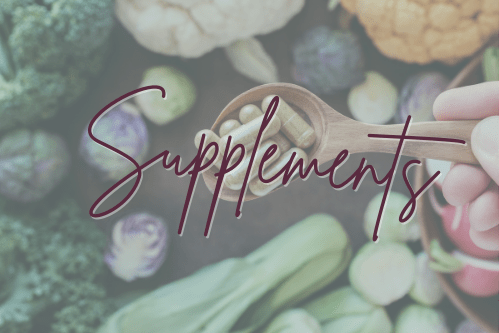As the weather cools, this Slow-Cook Thai Curry offers warmth and balance. Its gentle heat boosts circulation and metabolism, nourishing both body and spirit. Adapted from a Natural Grocers recipe, I’ve offered ideas to make it your own, from meat-based to vegetarian. Enjoy this dish that bridges flavor and seasonal wellness in every bite.
INGREDIENTS:
1 13.5-oz coconut milk
2 T red curry paste
1 T fish sauce
1 T coconut aminos or tamari
1 T ground ginger
1 T ground coriander
1 tsp salt
1 15-oz can of pumpkin
1.5 lbs boneless, skinless chicken (breast or thighs)
2-3 cloves garlic
1/2 C chopped onion
1 orange bell pepper, sliced
4 C spinach or kale, chopped
Juice from 1 lime
Red pepper flakes to taste
Optional additions: Brussels sprouts, yellow squash, zucchini, green beans (approximately 1/2 C each, cut into bite-size pieces). When adding extra vegetables, include 1 C chicken broth or water.
STEPS:
- Add the first eight (8) ingredients to a slow cooker and gently blend.
- Add the chicken, garlic, and onion to the slow cooker with the sauce. Cover and cook on low for 3.5 hours.
- Add the sliced bell pepper, spinach or kale, and the juice from 1 lime + any other vegetables to make this dish your own.
- Cook for an additional 20-30 minutes until the vegetables soften.
- Enjoy this dish on its own or served over rice or cauliflower rice.
- Top with minced cilantro, basil, or parsley, chopped cashews, and another squeeze of lime juice.
NOTE: To make this a plant-based dish, omit the chicken, load the pot with vegetables + 1 C water, cook on low for 1 hour, add cubed tofu, and cook for an additional 20-30 minutes to warm through.
INGREDIENT BENEFITS:
Ginger – A popular spice that adds a pungent, warming quality to dishes; aromatic with a pleasant zest. Ginger (Zingiber officinale) has a long tradition of alleviating symptoms of gastrointestinal distress and nausea related to motion sickness. Available in many forms (fresh or dried root, powdered, preserved, pickled, and crystallized), it is considered antibacterial, antifungal, antiviral, and anti-inflammatory.
Coriander – A member of the parsley family (Apiaceae), coriander has a long tradition of being health supportive. It is known to stimulate digestion, break up mucus, and disperse stagnation. Modern science has focused on its antimicrobial, antianxiety, and cholesterol-lowering effects. Also known as cilantro, this spice is used across many cultures, including Latin America, India, Ethiopia, Thailand, and other Asian countries.
Spinach – You remember Popeye, right? Spinach has a remarkable ability to help restore energy, boost vitality, and improve blood quality. Higher in iron than most other greens, it is also rich in vitamins K, C, A, and B2 + magnesium. Like other chlorophyll- and carotene-containing vegetables, it is favored for its antioxidant properties, which can help protect against cell damage.





